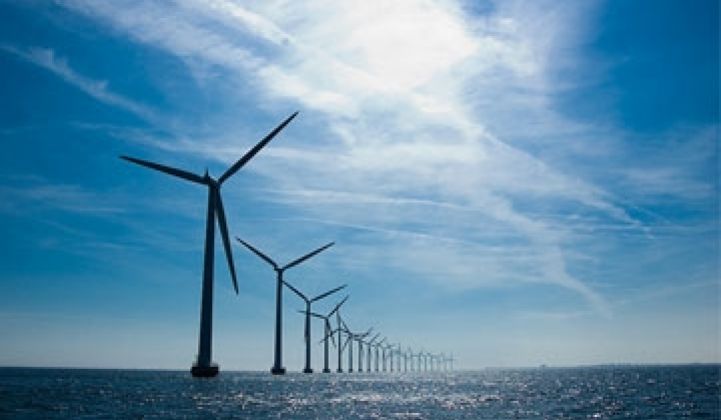The truth is, yes, it does. That's why you'll not hear me advocate for desalination without strongly insisting on complementary conservation.
We must redouble our conservation efforts by upgrading infrastructure intelligently and in no way excuse wasteful water practices by pointing to the plentiful, historical ingredients of desalination: oceans of water and oceans of coal.
Each barrel of freshwater extracted from the ocean has costs, so we should use the water as efficiently as possible, recycling it and then remediating it into the water cycle.
Yet, conservation alone isn't going to meet our water needs. The world's population is expected to increase by 2.5 billion over the next 30 to 40 years, while the current, natural water cycle is not expected to increase its output.
Just as we must increase conservation, we must prepare for the impending water plateau by increasing our capacity to produce fresh water.
Hence my excitement in June when I heard about Desalitech's successful pilot.
The test purified Mediterranean saltwater, using Desalitech's proprietary Closed-Circuit Desalination saltwater reverse osmosis method (SWRO-CCD).
Using common components, without energy recovery, running a high-pressure pump at 81% mean efficiency and circulation pump at 37.5% mean efficiency, the pilot achieved 48% recovery at 2.05 - 2.40 kWh per cubic meter of fresh water. For comparison, Perth's desalination plant using Energy Recovery from ERI achieves 43% recovery at 2.32 kWh/m3.
Desalitech aims to increase the mean efficiency of the off-the-shelf, high-pressure pump to 88%, to provide recovery at 1.75 to 1.95 kWh/m3 on Mediterranean saltwater. The same pumps used on ocean water could produce equal recovery at 1.5 to 1.7 kWh/m3.
Desalitech's implementation reduces the cost of powering desalination processes. It also decreases capital expenditures. Nadav Efraty, CEO of Desalitech, told me, "This technology is reducing energy consumption by up to 50% when we utilize about twice the membranes, reduces energy by about 10% to 15% when we use only 40% of the membranes compared to a conventional plant, or reduces energy about 30% when we utilize the same amount of membranes, but in this mode, since we don't utilize any form of energy recovery, we still see a reduction in capital expenditures."
Even with less than half the membranes, the technology still sees 10% to 15% energy reduction. That's a 60% savings on capital expenditures for membranes.
As an added element of efficiency, plants utilizing Desalitech's technology can turn plants up and down depending on demand. Nadav explained, "The very same unit can operate at very high production rates part of the day (when power rates are low, for example) and in extremely low energy consumption mode the rest of the day."
Desalitech does this by independently controlling component flow rates, recovery, pressures and cross flow irrespective of the other variables.
Following their successful pilot, Desalitech is addressing brackish water. Desalitech's three BWRO installations are fully operational facilities, capable of producing 10,000 m3 fresh water per day.



